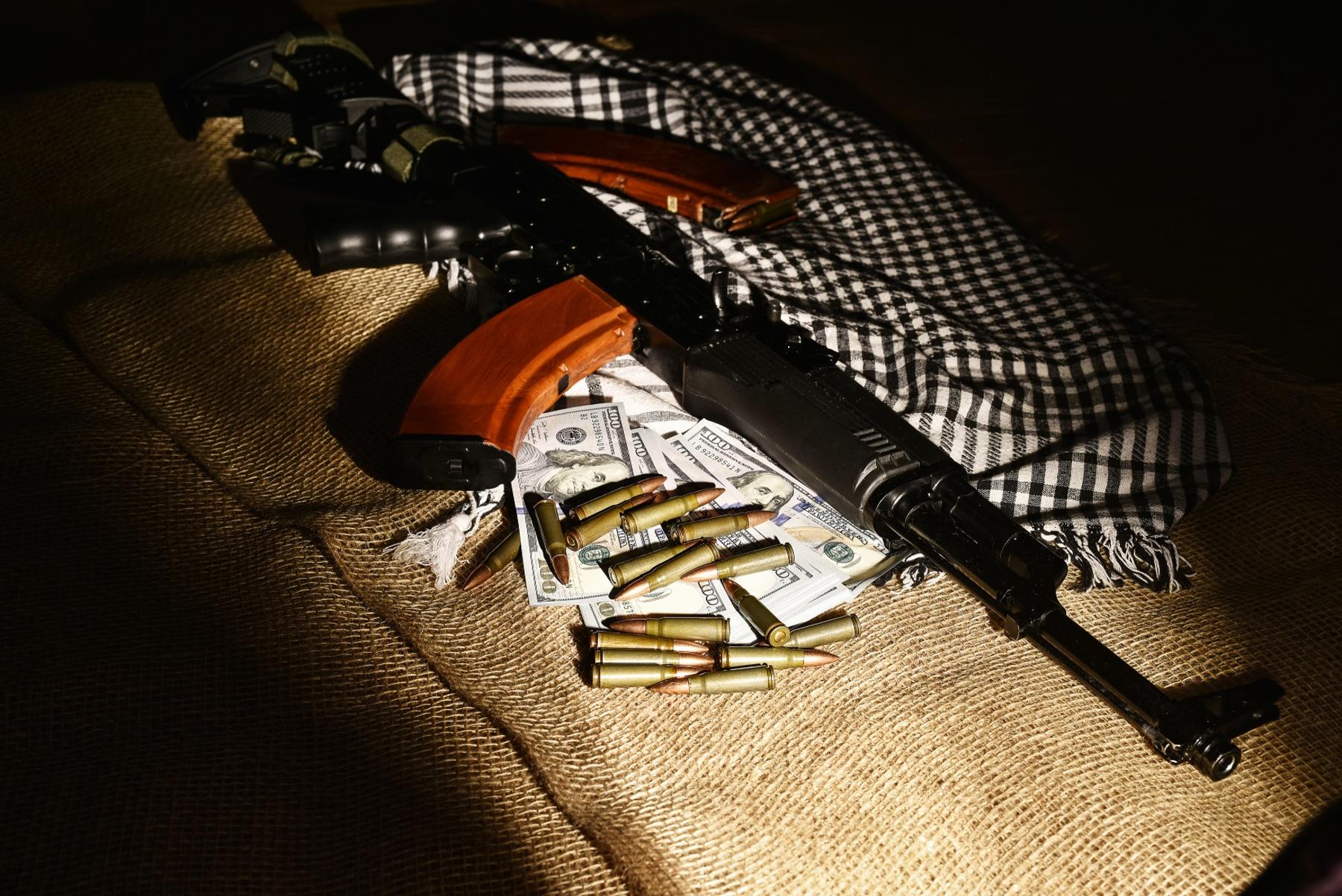Dr. Paul Stott from the Centre for International Studies and Diplomacy at SOAS, University of London, looks back at how the politico-religious ties between Britain and South Asia played a central role in the rise of modern Jihadism.
Terrorist attacks in the UK this year, and the slow but inexorable defeat of Islamic State, serve as staging posts in a journey already several decades old. In the 1990s, the small number of British Muslims who wanted to take up arms to Islamise particular societies tended to look not towards Syria, but to Bosnia or, in particular, south Asia: Kashmir, Pakistan and the emerging Taliban regime in Afghanistan were the destinations of choice.
In 1995, the youth group Jam’iat Ihyaa’ Minhaaj al-Sunnah (Jimas) held its annual conference at the University of Leicester. Speakers included two leaders of Lashkar-e-Taiba (LeT), a Kashmir-based jihadist group. As Innes Bowen describes in her excellent book on British Islam, Medina in Birmingham, Najaf in Brent, LeT’s co-founder Hafeez Saeed argued Muslims could find salvation fighting in Kashmir, and there was the opportunity to attend training camps beforehand. Such meetings would be unlikely to pass today’s Prevent protocols – or indeed any university risk assessment.
This was the era where London School of Economics graduate Omar Saeed Sheikh would be convicted of kidnapping western tourists in Kashmir and, in a curious example of post-colonial politics, young British members of groups such as Hizb ut-Tahrir and Al-Muhajiroun left the UK for their parents’ homeland in Pakistan, to try to establish branches of their groups in the Islamic republic.
In the decade following 9/11 the search for Islamic utopias continued, but reality tended to intrude. Sheikh ended up on death row in Pakistan, while the number of British jihadists killed in drone strikes in the country neared double figures. Two of the four 7/7 suicide bombers honed their deadly skills at training camps which littered the Islamic republic.
In 2014, Dr Mirza Ali, an associate of the now proscribed Al-Muhajiroun group, fled charges of sectarian violence in London. He did not travel to Islamic State’s caliphate, but to Pakistan, where in 2015 he died in clashes between the Taliban and the military.
As attention focuses on the collapse of Islamic State, we would do well to recall the lure of other territories where like-minded groups seek or hold power. That means looking again at trends in south Asia and how they interact with politico-religious developments here.
This article was published in The Guardian

© All Copyrights with the Author and European Foundation for South Asian Studies (EFSAS)-Amsterdam by virtue of publication on its website.

